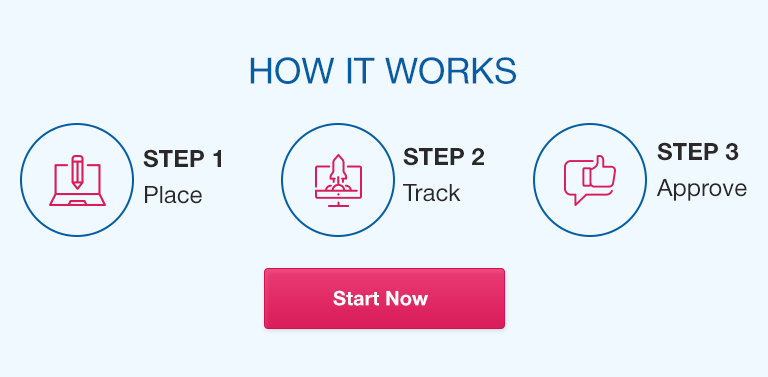reply 1
When I think back on my first discussion post, I realize that my responses have changed over time because I have developed a more in-depth knowledge of the intricate relationship that exists between social and biological factors that influence health. In the beginning, I was aware of the difficulties that were brought about by the limited availability of nutrient-dense meals and secure facilities for physical activity. My viewpoint, on the other hand, has been expanded as a result of this course, which has brought to light the systemic nature of these problems and the far-reaching influence they have on health outcomes.
It has been my understanding that social determinants of health, which include socioeconomic status, education, and the surroundings of neighborhoods, play a big influence in determining health behaviors and outcomes. I have gained this knowledge from this course. These social variables are closely linked with biological determinants, which creates a feedback loop that fosters health inequities. Biological determinants, by themselves, are very important. My newfound knowledge has taught me that tackling health disparities calls for a multidimensional strategy that takes into account both social and biological factors as potential contributors.
Furthermore, the significance of social justice in the realm of public health has been brought to light via the course’s illumination of the substantial effect that socioeconomic disparities have. I have gained an appreciation for the ways in which structural hurdles, such as discriminatory legislation and poor healthcare infrastructure, contribute to the worsening of health inequalities throughout the country. It is essential to eliminate these obstacles in order to achieve health equality, since social justice principles advocate for equitable access to healthcare resources and emphasize the need for doing so.
Within the context of my future academic and professional activities, I want to make use of the information that I have acquired from this course in order to advocate for policies and interventions that address both social and biological factors that influence health. Once I have a better understanding of the underlying factors that contribute to health inequalities, I will be able to develop public health policies and initiatives that are more successful in promoting health equality. In addition, I will continue to educate myself and others on the significance of social justice in public health, with the goal of developing a healthcare system that is more equal for everyone.
reply 2
Hello Class, I can’t believe it’s already week 5!
Oh what a whirlwind this has been. I find myself spouting off tidbits of information I’m learning at casual dinners with family and friends. I take the opportunity in silent moments to bring a “Did you know…” statement into conversations. Even if I feel like my brain is going to explode sometimes with the plethora of information at the speed it’s entering my head.
I suppose my answers are changing moderately. Originally, I stated straight away that good health starts with what we have access to. And that, in a widened outlook, hasn’t changed aside from I’m able now to better focus on why disparities happen to some people and not to others, I guess, narrowing my outlook a little more. I still believe that access to insurance is an issue, but the cost of healthcare is an issue as well. If you can’t afford insurance, you can’t afford to go and see the doctor either. I still believe that our healthcare shouldn’t be privatized to the point of excluding people, which it does by cost alone.
I don’t think a lack of physical activity is as high on the list as I did in the beginning. Not to say that it isn’t a problem. It’s just not at the top of the pyramid now.
But I do still firmly believe that healthy food shouldn’t be as expensive as it is. Who is raking in the record profits while children all over this country and the world are starving?
As I stated previously, I’m learning to focus on where the issues are and why rather than just the terminology, if you will. Both social and biological determinants significantly impact health outcomes. Every day, every assignment, every posting, this is becoming more and more clear. Recognizing them is essential for promoting health equity and well-being.
I’m learning that there are many different forms of social inequalities. And that social justice efforts are necessary to the vitality of the human population.
I will be able to better understand, research, and address social and biological determinants of public health and make positive impacts on my fellow humans regardless of the diversity.


